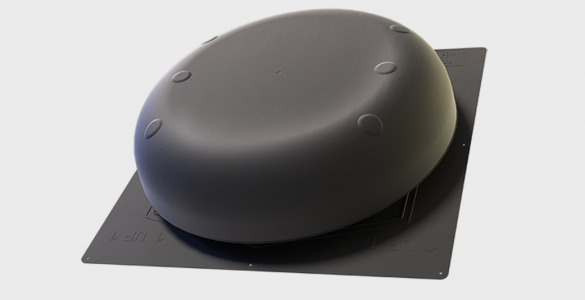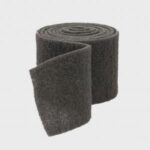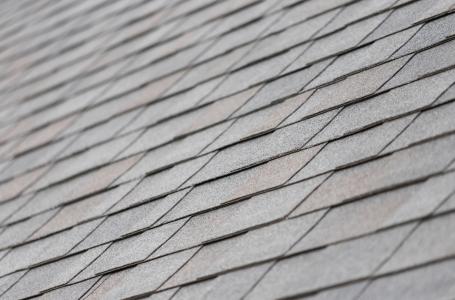Home » Products » Ventilation » Steep-Slope » Python™ 150 Round Vent
Python™ 150 Round Vent
With 150 square inches of Net Free Venting Area, the Python 150 Round Vent is ideal for larger roofs. It requires only a third of the roof penetrations of typical 50 NFVA vents, saving time and money. Made of high-impact polypropylene with heat stabilizers and UV inhibitors throughout, it will not rust or dent.












